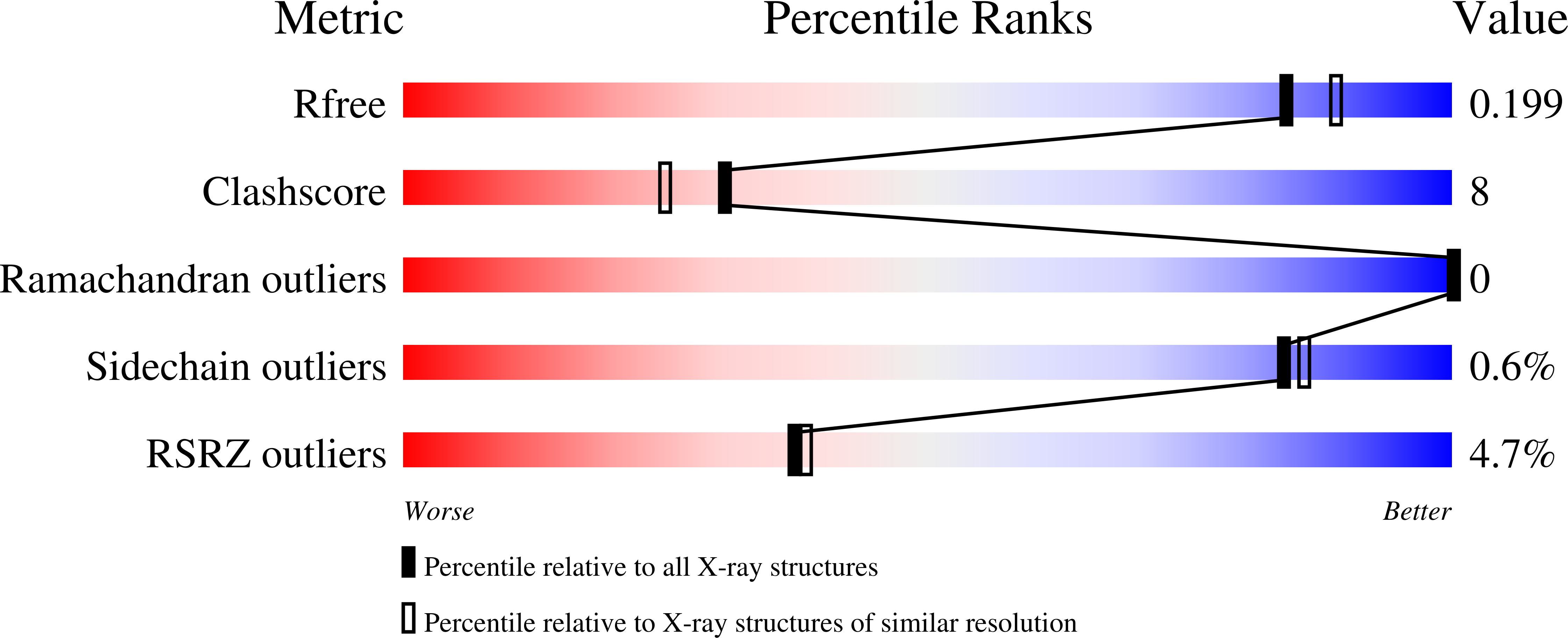
Deposition Date
2024-09-30
Release Date
2025-06-11
Last Version Date
2025-06-11
Entry Detail
Biological Source:
Source Organism:
Lama glama (Taxon ID: 9844)
synthetic construct (Taxon ID: 32630)
synthetic construct (Taxon ID: 32630)
Host Organism:
Method Details:
Experimental Method:
Resolution:
1.90 Å
R-Value Free:
0.19
R-Value Work:
0.15
R-Value Observed:
0.15
Space Group:
P 1 21 1


